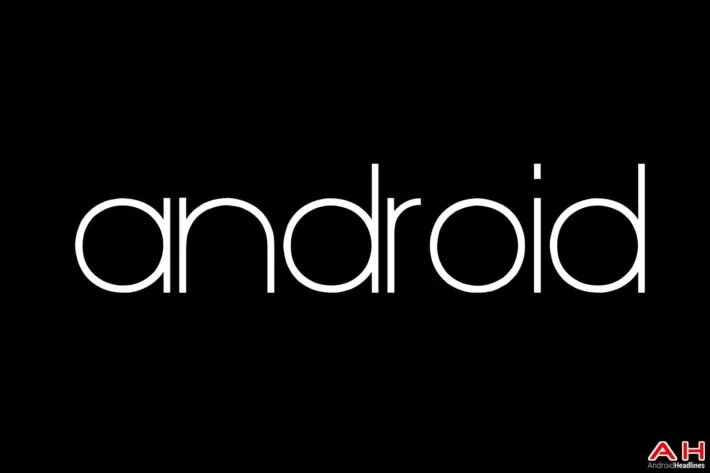It’s that time of month again! No I don’t mean the mood swing type, although that may be just what today’s numbers do when comparing them to last month’s, I mean the time of month where Google releases the platform distribution numbers for Android. If you’re new to this game or forgot how it works, Google runs a study of the Google Play Store and devices that have accessed it for a 7-day period at the beginning of the month. From this they extrapolate quite a bit of data; things like what version of Android you are running, what sorts of rendering your device’s hardware can perform, what your screen size and resolution are and a number of other features that help developers target certain devices sizes and versions of Android. While the version of Android you are updated to matters less and less thanks to Google’s modularization of their mobile OS, it’s still an important and interesting factor to look at.
Going down the list here Android 2.2 Froyo stayed at the same rate of 0.7% of devices out there being used. The next update of Android and the longest lasting of all, Android 2.3 Gingerbread, is still hanging on with 13.6% of all active Android devices out there, a 0.1% jump from last month. Why in the world this happened is difficult to explain, but anything other than a massive shrinking of Gingerbread devices is a bad trend, so let’s hope this goes the other way next month. Remember Gingerbread came out in December 2010, so using a nearly 4 year old platform just plain sucks no matter how you look at it.
Android 4.0 Ice Cream Sandwich continues to shrink, losing another 0.8% of the marketshare and currently holding 10.6%. Jelly Bean makes up three different Android updates, Android 4.1, 4.2 and 4.3, and overall Jelly Bean marketshare is shrinking yet again. Android 4.1 lost 1.3% to move down to 26.5% of all Android devices while Android 4.2 actually gained a little bit of ground, jup,ing from 19.7% in July to 19.8% in August. This can pretty easily be explained since quite a few of the entry-level to mid-range phones shipped outside of the US are now powered by MediaTek processors, and those phones all ship with Android 4.2 out of the box. Without proper updates from MediaTek we might not see this trend reverse any time soon.
Android 4.3 Jelly Bean is losing some steam as well with a 1.1% drop to 7.9% of marketshare, likely due to KitKat updates coming down the pike. Android 4.4 KitKat is the largest growing version of Android, jumping a whole 3% to make up 20.9% of all Android phones. With Android L just around the corner it’s good to see more phones being updated to Android 4.4 KitKat, and we expect this to continue as all new flagships ship with Android 4.4 KitKat, and the bigger sales months are quickly coming upon us.

